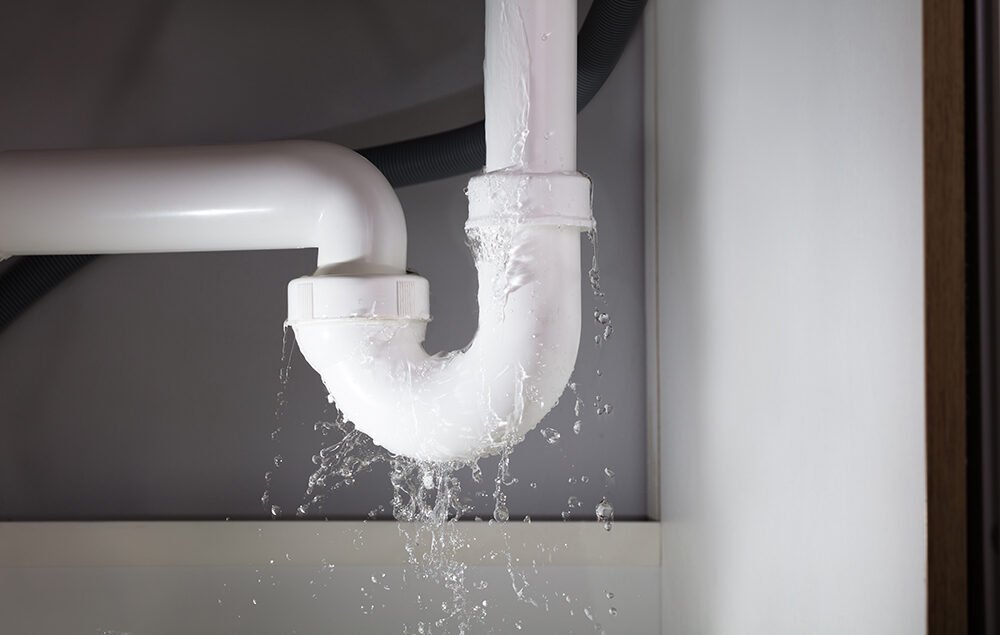How to Locate a Leaking Pipe in a Wall?

Water pipes are the backbone of any home. You use them to take a shower, wash dishes, and flush your toilet. But sometimes these pipes can leak, causing major damage and a big headache. Luckily, there are several ways you conduct leak detection reservoir of pipe in the walls of your home:
Check the Pipe Exterior
To check for leaks, look at the pipe’s exterior. Is it wet? Are there any rust spots? Is the colour slightly off? If you notice water stains anywhere on your walls or ceiling, this is a good indication that you have a leak somewhere.
You can also try monitoring how much water runs through your pipes over time by keeping track of your utility bills and comparing them to previous months/years.

Inspect the Caulk Around Pipes
- Inspect the caulking around pipes. If you find drywall or wood panelling in your basement, it’s easy to see if there are any leaks. Look for cracks in the caulking and replace any dry spots with a fresh layer of caulk.
- Check for water stains on the ceiling above the area where you suspect the leak is coming from—a sign that it could be wet insulation (which may mean mould) or exposed pipes.
- Look for water damage above cabinets and other furniture that could indicate that some seeped into your walls behind them as well as beneath them.
Open a Wall to Bargain Hunt for Water Damage
A leak detection reservoir is a smart way to avoid costly repairs. You can open the walls of your home to find the source of the leak by looking for signs of water damage. This will ensure that you’ll catch and correct the problem before it leads to an expensive replacement or repair job. Checking for water damage can be done in several ways:
- Check the walls for mould and mildew growth, which could indicate that moisture is collecting behind your drywall.
- Look at ceiling height differences between rooms, as this may indicate that there are areas where the drywall has been removed due to water damage.
- Check floors for signs of dampness, especially near windows and doors, where leaks occur more often than not.
- Inspect basements carefully because they’re often susceptible areas when it comes down to identifying leaks in plumbing systems below ground level (or below grade). Basement leaks might also be indicated by wet flooring near pipes or drains inside your house; if so, try checking outside first before heading downstairs!
Listen for Water in the Walls
For leak detection reservoir of pipes, listen for water in the walls. This is a tried-and-true method that can be done by anyone with a little patience and practice.
- Tap on the wall at various locations around your home. If you hear a hollow sound, this means there’s water behind that spot on the wall. Now tap an area that has no hollow sound; if it doesn’t have any echo to it like before, then there’s probably no water there either and therefore no leaks!
Conclusion
We hope this article has helped you understand how to find a leaky pipe in your wall. If you’re able to fix the problem on your own, then great! If not, we highly recommend calling a professional who can identify and repair the leak swiftly and efficiently.



